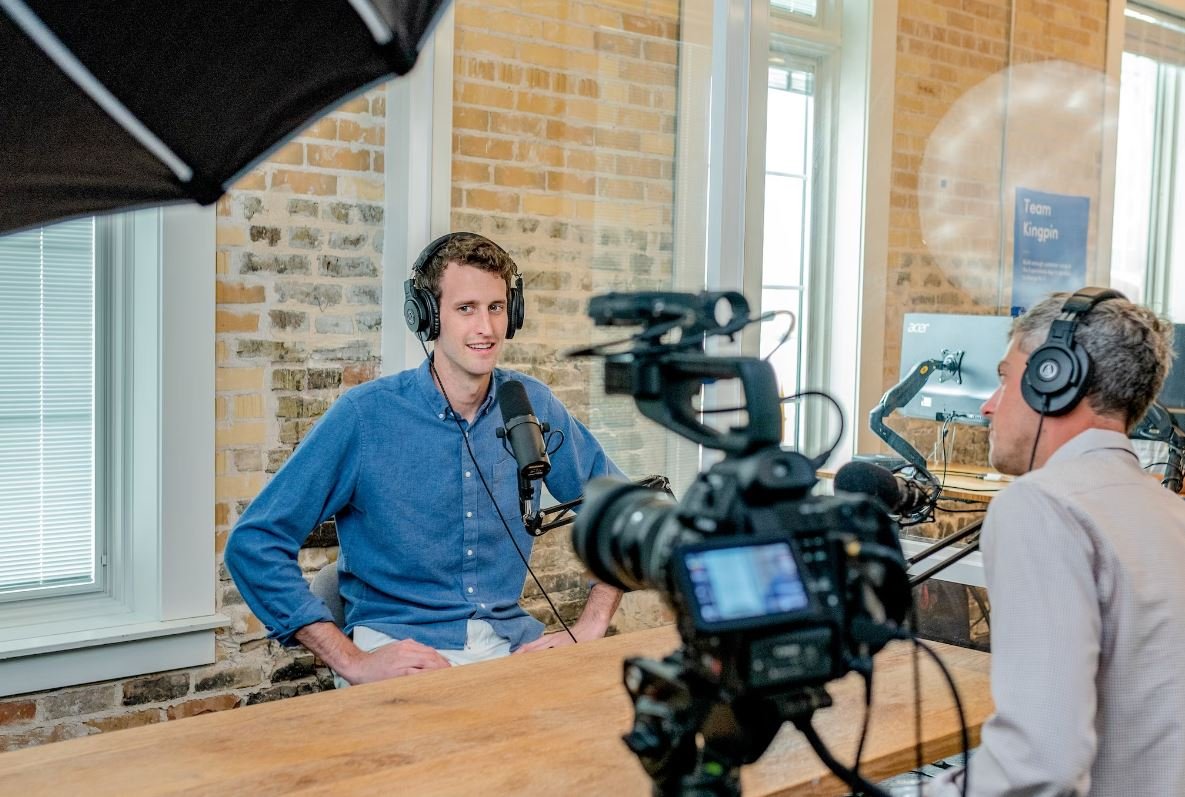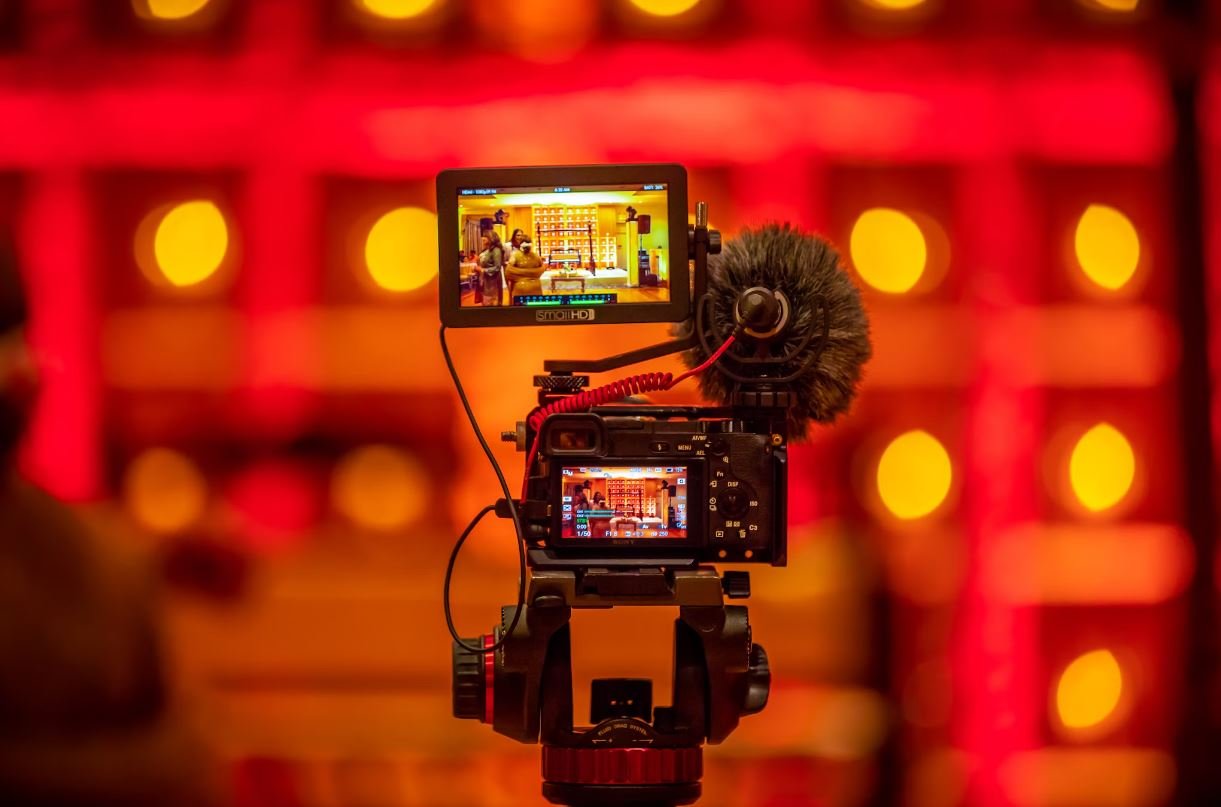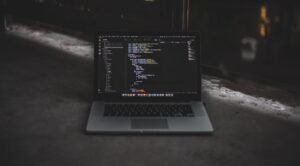Beats You Can Make
Are you interested in music production and creating your own beats? Whether you’re a beginner or an experienced producer, there are numerous beats you can make to suit a variety of music genres. In this article, we will explore some popular beats and provide tips on how to create them.
Key Takeaways
- Beats can be customized to suit different music genres and moods.
- Using various drum patterns and sounds can add depth and complexity to your beats.
- Experimenting with different tempo, rhythm, and instrumentation can help create unique beats.
- Studying existing beats and analyzing their structure can provide valuable insights for creating your own beats.
Popular Beats and How to Create Them
1. Trap Beat: A popular beat used in hip-hop and rap music with a strong emphasis on 808 kick drums and snare rolls. *Trap beats often incorporate dark and intense melodies to create a moody atmosphere.*
To create a trap beat, follow these steps:
- Start with a simple and repetitive melody using synthesizers or sample libraries.
- Add a deep 808 kick drum to enhance the low end.
- Create a catchy snare roll pattern to add energy to the beat.
- Add hi-hat and cymbal hits to emphasize the rhythm.
2. Boom Bap Beat: A classic beat used in old-school hip-hop characterized by its hard-hitting drums and sampled jazz or funk melodies. *Boom bap beats often have a nostalgic vibe and are known for their gritty sound.*
To create a boom bap beat, follow these steps:
- Select a soulful or jazz sample as the main melody.
- Add a punchy kick drum, snare, and hi-hat to create a rhythmic backbone.
- Chop and manipulate the sample to create unique variations.
- Layer additional percussion elements like shakers or tambourines for added texture.
3. Electronic Beat: A versatile beat used in various electronic music genres, ranging from house to techno. *Electronic beats offer a wide range of sound design possibilities and allow for experimentation with different synth sounds.*
To create an electronic beat, follow these steps:
- Start by designing a unique synth sound as the main element.
- Create a driving kick drum and a snappy snare or clap.
- Add percussive elements like claps, shakers, and cymbals to build a rhythmic structure.
- Experiment with various effects like reverb, delay, and modulation to add depth and character.
Beat Structures and Instrumentation
While beats can vary in structure, they often consist of different sections, including intro, verse, chorus, and bridge. Each section serves a specific purpose and contributes to the overall progression of the beat.
The instrumentation used in a beat plays a significant role in its feel and style. Here are some common instruments and their characteristics:
| Instrument | Description |
|---|---|
| Bass | Provides the foundation and rhythm in a beat. It often emphasizes the low frequencies. |
| Drums | Includes kick, snare, hi-hat, and other percussion elements. Drums add rhythm and energy. |
| Melody | Can be played by various instruments, such as piano, guitar, synth, or sampled sounds. Melodies add a memorable and catchy element to the beat. |
| Percussion | Includes additional rhythmic elements like shakers, tambourines, and cymbals. Adds texture and complexity to the beat. |
Tips and Techniques
Here are some tips and techniques to consider when creating your own beats:
- Experiment with different drum patterns and sounds to find a unique and captivating rhythm.
- Don’t hesitate to try unconventional instruments or samples to add an unexpected element to your beats.
- Study existing beats and analyze their structure to gain inspiration and insights.
- Use effects like EQ, compression, and reverb to enhance the overall sound and mix of your beats.
- Collaborate with other musicians or producers to bring new ideas and perspectives into your beats.
Final Words
Creating your own beats is an exciting and rewarding process that allows you to express your creativity and artistic vision. With the right techniques and experimentation, you can produce beats that stand out and capture the attention of listeners. So, start exploring different genres and moods, and let your imagination run wild!

Common Misconceptions
The difficulty level of beats you can make:
- People often think that creating beats requires advanced music production skills, but it is possible to make beats without extensive technical knowledge.
- Some believe that beat-making is only for professional musicians, but with the right tools and resources, anyone can start creating their own beats.
- There is a misconception that beat-making is time-consuming and requires years of practice, when in reality, beginners can produce impressive beats with the help of user-friendly software and online tutorials.
Lack of creativity in beats:
- Many people assume that beats made using software or online tools lack originality and creativity, but this is far from the truth. With the right skills and inspiration, beat-makers can create unique and innovative beats.
- Some think that beat-making restricts creativity since it relies heavily on loops and samples, but beat-makers have the freedom to manipulate these elements and add their artistic touch to produce distinct beats.
- It is also commonly believed that only certain genres of music can benefit from beat-making, however, creativity knows no boundaries and beats can be made to suit a wide variety of musical styles.
The cost of beat-making:
- Many people mistakenly assume that beat-making requires expensive equipment and software, but there are affordable or even free options available for beginners.
- Some believe that to make high-quality beats, one needs to invest in top-of-the-line gear, but with advancements in technology, even modest equipment can yield professional-sounding results.
- There is a misconception that beat-making is a costly hobby or profession, when in reality, it can be pursued on various budgets and still achieve great outcomes.
Limited potential for earning income:
- People often believe that beat-makers can only make money by selling their beats to established artists, but they can also earn income through licensing, streaming platforms, and collaborations with emerging talents.
- Some may think that the market is oversaturated, making it difficult for new beat-makers to break through, but there is always room for fresh talent and innovative beats.
- It is a common misconception that beat-making is not a viable career path and cannot generate sustainable income, when in fact, many successful beat-makers have built lucrative careers from their passion.
The limitations of beat-making software:
- Many people wrongly assume that beat-making software is limited in functionality and cannot produce professional-grade beats, but modern software offers a wide range of tools and features for producing high-quality beats.
- Some believe that beat-making software lacks flexibility and limits creative expression, but these programs allow users to experiment with different instruments, effects, and arrangements, providing ample room for creativity.
- There is a misconception that beat-making software is only suitable for beginners, whereas it caters to musicians of all levels, enabling the production of intricate and complex beats.

Beats You Can Make
Music is a universal language that resonates with our emotions and taps into the creative depths of our souls. One of the most captivating aspects of music production is the ability to create unique beats that set the tone for a song. Whether you’re a seasoned producer or just starting out, here are ten fascinating beats that you can experiment with:
1. The “Pristine Paradise”
Imagine yourself lounging on a remote tropical island, surrounded by crystal clear waters and gentle ocean breezes. This beat captures the essence of tranquility, incorporating airy melodies and soft percussions that transport you to a pristine paradise.
2. The “Urban Rhythm”
Step into the bustling streets of a metropolis with this urban-inspired beat. It combines heavy basslines, hip-hop influenced drums, and a touch of soulful vocals, mirroring the vibrant energy of the city and its dynamic rhythm.
3. The “Celestial Symphony”
Embark on a celestial journey through the cosmos with this ethereal beat. From twinkling synths to orchestral arrangements, this symphony of sounds evokes a sense of wonder and awe, allowing you to explore the vastness of the universe.
4. The “Lush Landscape”
Picture yourself wandering through a lush forest, surrounded by towering trees and a symphony of nature’s melodies. This beat captures the essence of wilderness by incorporating organic sounds like bird chirps, rustling leaves, and gentle water trickles.
5. The “Mystic Melody”
Unleash your inner mystic with this spellbinding beat. It weaves together mystical chants, haunting melodies, and subtle electronic elements, transporting you to a realm where magic and music intertwine.
6. The “Lively Fiesta”
Feel the infectious rhythm of a vibrant fiesta with this beat that encapsulates the joy and celebration of cultural festivities. It combines energetic percussion, Latin-inspired melodies, and cheerful horns to create a lively and uplifting atmosphere.
7. The “Melancholic Reverie”
Immerse yourself in a world of melancholy and introspection with this beat that evokes a sense of wistful nostalgia. The combination of soft piano chords, delicate strings, and subtle electronic elements captures the beauty found within moments of reflection.
8. The “Epic Odyssey”
Embark on an epic odyssey filled with grandeur and triumph. This beat features soaring orchestral arrangements, majestic choirs, and powerful percussion, creating a sense of adventure and pushing the boundaries of sonic possibility.
9. The “Seaside Serenade”
Transport yourself to a serene seaside retreat with this enchanting beat. It blends the sounds of crashing waves, gentle guitar strums, and delicate piano keys, allowing you to bask in the tranquil ambiance of a coastal haven.
10. The “Futuristic Fusion”
Step into the future with this cutting-edge beat that combines innovative electronic elements and futuristic synthesizers. This fusion of styles pushes the boundaries of traditional music, creating a unique experience that embodies the evolution of sound.
Exploring the world of beats is an exciting journey that allows you to express your creativity and push the boundaries of musical possibilities. From tranquil paradises to epic odysseys, each beat has the power to transport listeners to a new realm of emotions and experiences.
So, grab your headphones, fire up your music production software, and let your imagination run wild as you create beats that captivate the hearts and souls of your listeners.
Frequently Asked Questions
What are beats and how can I make them?
A beat is a musical composition that serves as the foundation for a song. It typically includes a drum pattern, bassline, and other instrumentals. To make beats, you can use digital audio workstations (DAWs) such as Ableton Live, FL Studio, or Logic Pro. These software programs provide you with the tools and features to create beats using virtual instruments, sample libraries, and effects.
What equipment do I need to start making beats?
To start making beats, you will need a computer or laptop, a DAW software of your choice, and a MIDI controller. The MIDI controller allows you to play virtual instruments and control the parameters in your DAW more intuitively. Additionally, having a good pair of studio headphones or monitors can greatly help in mixing and mastering your beats.
Where can I find royalty-free samples and loops for my beats?
There are several websites and online platforms that offer royalty-free samples and loops for beat making. Some popular websites to find samples include Splice, Loopmasters, and Sample Magic. Free resources can also be found on websites like Freesound and Cymatics. Remember to always check the licensing terms of the samples to ensure their proper usage in your beats.
How can I make my beats sound professional?
To make your beats sound professional, it is important to focus on the arrangement, mixing, and mastering aspects. Pay attention to the balance of the instruments, use proper equalization and compression techniques, and ensure that your beats have a clean and defined sound. Additionally, studying and learning from professional producers, as well as experimenting with different techniques, can greatly improve the quality of your beats.
What are some tips for creating unique beats?
To create unique beats, try experimenting with different genres, tempos, and rhythmic patterns. Incorporate unconventional sounds and instruments to add a distinct flavor to your beats. Don’t be afraid to step out of your comfort zone and explore new musical ideas. Learning music theory can also help you come up with interesting chord progressions, melodies, and harmonies that set your beats apart.
Can I sell the beats I make?
Yes, you can sell the beats you make, but it is essential to consider the licensing and copyright aspects. You can sell your beats online through platforms like BeatStars, Soundclick, or Bandcamp, where artists and producers can purchase licenses to use your beats in their songs. Make sure to clearly define the terms and conditions of your licenses and protect your work by registering your beats with a performing rights organization (PRO).
How can I promote my beats and reach more artists?
Promoting your beats requires a combination of online and offline strategies. Utilize social media platforms like Instagram, YouTube, and Twitter to showcase your beats, engage with the community, and build a following. Collaborate with artists, submit your beats to blogs and music channels, and attend industry events to establish connections. Building a professional website or portfolio can also help in showcasing your beats and attracting potential clients.
Can I use beats made by others in my own songs?
Using beats made by others in your songs is possible, but you need to obtain the necessary licenses or permissions. If a beat is available as a royalty-free or non-exclusive license, you may be able to incorporate it in your songs by purchasing the appropriate license. However, if a beat is exclusive or has specific usage restrictions, you need to contact the producer to negotiate the terms or explore other options for creating original beats.
What are the differences between leasing and exclusive rights for beats?
Leasing a beat grants you limited rights to use it in your songs, often with certain restrictions on distribution, commercial usage, and the number of copies you can sell. Exclusive rights, on the other hand, provide you with full ownership and control over the beat. When you buy exclusive rights, the beat is typically removed from the market, and you have the freedom to use it without any limitations. The cost of exclusive rights may be higher than leasing due to the increased value.
Where can I find tutorials and resources to improve my beat-making skills?
There are numerous online resources available to improve your beat-making skills. YouTube is a great platform to find tutorials, walkthroughs, and production tips from experienced producers. Websites like Udemy, Coursera, and Skillshare offer online courses specifically designed to enhance your music production knowledge. Joining online forums and music production communities can also provide valuable insights, feedback, and opportunities to learn from fellow beat makers.




